Help your students become familiar with the meanings and spellings of common homophones with this differentiated dictionary skills worksheet.
Explore the Definitions of Common Homophones
Homophones would have to be some of the most troublesome words in the English language! These tricky little words sound the same when spoken but have different meanings and spellings. No wonder they are commonly misspelled or misused in our students’ writing!
This set of dictionary skills worksheets has been created by our expert teachers to support the teaching of homophones in Year 3 and 4 classrooms. Three differentiated versions of this homophones worksheet have been provided in the resource download. The subtle differences in each of these worksheets have been outlined below.
- Worksheet 1 – Students use their dictionary to look up each homophone. Once they have located each homophone in the dictionary, they record the page number and write down the definition of the homophone in the space provided.
- Worksheet 2 – As per Worksheet 1, students use their dictionary to look up each homophone. Once they have located each homophone in the dictionary, they record the page number and write down the definition of the homophone in the space provided. On the back of the worksheet, students use each homophone in a sentence to demonstrate its meaning in context.
- Worksheet 3 – As per Worksheet 2, but with a different list of homophones.
The following homophones are included in the resource: ad/add, ate/eight, night/knight, plane/plain, red/read, sun/son, tale/tail, toe/tow, no/know, pear/pair, their/there/they’re.
Download the black-and-white PDF, or if you’d like to make any personal alterations to the resource, an editable Google Slides version is also available.
This resource would make a great partner or small group activity. Alternatively, you could complete the activity as a whole class as a lesson warm-up or lesson wrap-up.
How to Use a Dictionary to Explore Homophones
Using a dictionary to teach homophones can be an effective way to help students understand and differentiate between words that sound alike but have different meanings and spellings. Here’s one teacher’s suggestion on how you might approach using a dictionary to teach homophones in your classroom.
- Dictionary Demonstration – Start by showing your students how to use a dictionary to find word definitions, pronunciations and spellings. Explain the various components of a dictionary entry, including the word’s part of speech, the pronunciation guide and the definitions.
- Choose a Pair of Homophones – Choose one pair of homophones from the worksheet to use as an example, e.g. ‘son’ and ‘sun.’ Explain the meaning of both words and how they are commonly mixed up due to their similar sounds.
- Explore the Dictionary – Guide your students in using the dictionary to look up each homophone. Start with one of the words and show them how to find the word, identify its pronunciation and read the definition.
- Comparing Definitions and Spellings – Once the students have found the first homophone in the pair and have discussed its meaning and spelling, move to the second homophone in the pair. Guide the students in understanding the different meaning and spelling of the second word and show how this word would be used differently in context. Discuss how students might be able to use tricks to help them remember which word is the correct one to use in context.
- Independent Practice – Now that the students understand how to use the dictionary to find the definition and spelling of common homophones, have them complete your chosen version of the worksheet independently.
By completing this activity, students will demonstrate their ability to correctly choose the right homophone for the right context, based on the word’s definition and spelling.
Download and Use This Homophones Worksheet
Use the dropdown menu next to the Download button above to access either the easy-print PDF or the Google Slides version of this resource. (Note: You will be prompted to make a copy of the Google Slides template before accessing it).
For sustainability purposes, please consider printing these worksheets double-sided.
This resource was created by Kendall Britnell, a Teach Starter collaborator.
More Activities to Explore Homophones
Looking to liven up your lessons on homophones? Click below to explore more curriculum-aligned, teacher-created resources!
[resource:23578] [resource:23818] [resource:4997673]



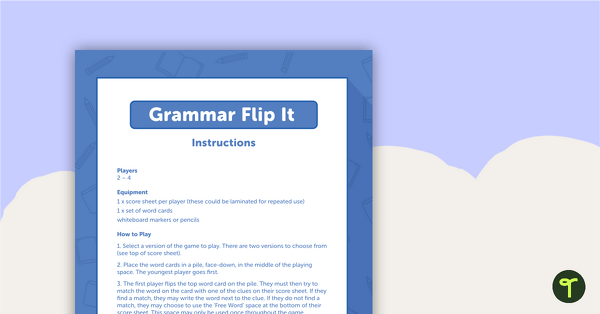
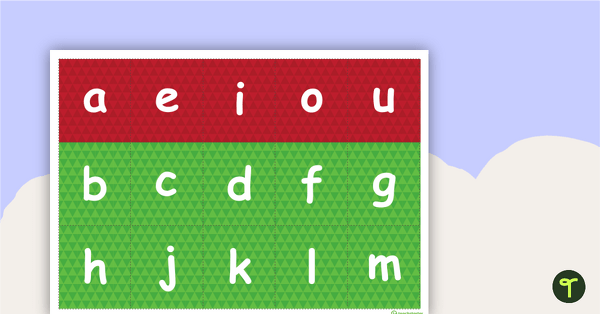
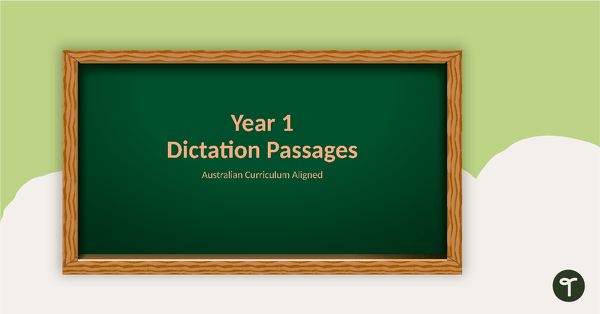
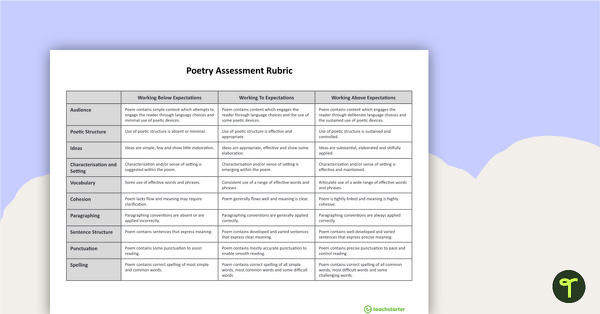
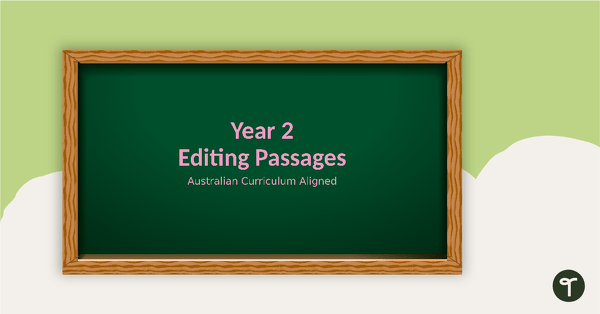
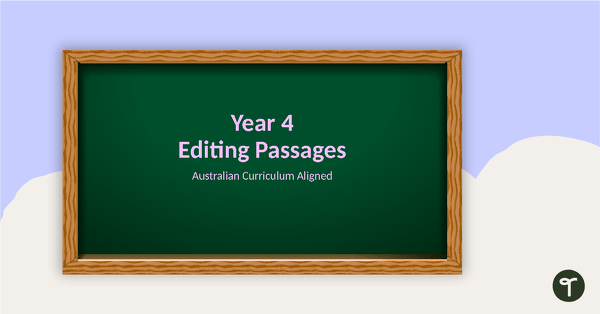

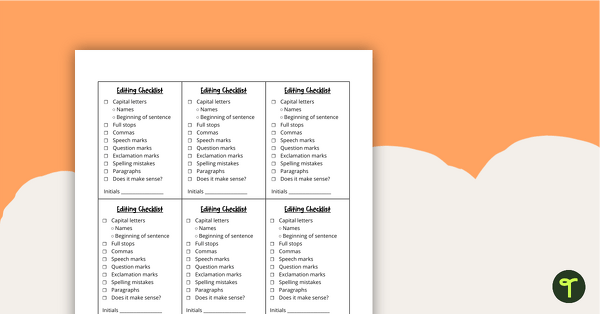
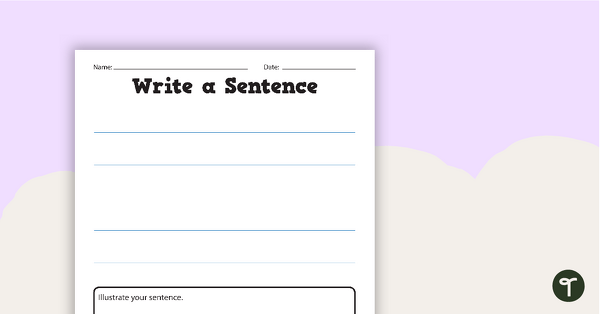
0 Comments
Write a review to help other teachers and parents like yourself. If you'd like to request a change to this resource, or report an error, select the corresponding tab above.